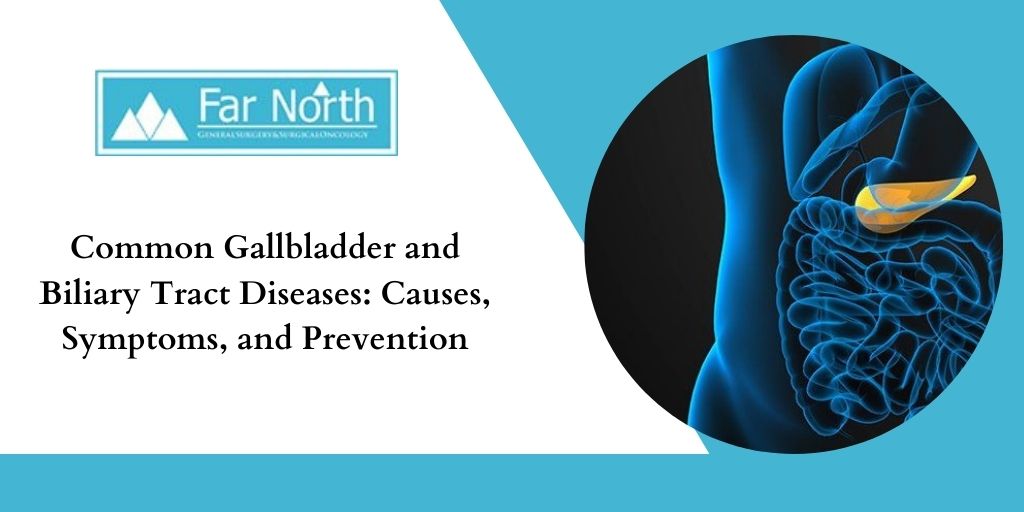


Gallbladder disease occurs when your gallbladder, a small, pear-shaped sac located under your liver is inflamed or irritated. Various gallbladder diseases include:
Gallbladder tumors, either benign or malignant (mostly uncommon), occur when cells in the gallbladder grow abnormally. Benign tumors consist of cholesterol polyps, papillomas, or adenomyomas. Though adenoacanthomas, squamous cell carcinoma, and cystadenocarcinoma have been reported, the most common and malignant form of gallbladder tumor is adenocarcinoma that is associated with chronic cholecystitis. Adenocarcinoma is common in women and those older than 50 years.
SymptomsPrevention
Avoiding exposure to rubber or petroleum products help prevent gallbladder tumor.
It is an inflammation of the gallbladder that occurs without gallstones. 10% of 500,000 cholecystectomies performed every year in the US are for acalculous cholecystitis.
SymptomsPrevention
Biliary Tract Disease
Conditions affecting the gallbladder, bile ducts, and other structures involved in the production and transportation of bile are referred to as biliary tract disease. Various biliary tract diseases include:
A common cause of extrahepatic biliary obstruction if untreated, choledocholithiasis can lead to gallstone pancreatitis.
SymptomsBile duct stones will reoccur even if your gallbladder is removed. Therefore, make sure that you
It is an adenocarcinoma of the extrahepatic or intrahepatic bile duct and common in middle-aged men. Every year, 2000 to 3000 new cholangiocarcinoma cases are reported in the US, contributing to 10% to 15% of all primary hepatobiliary malignancies.
SymptomsSome Other Miscellaneous Conditions That Can Result in Biliary Tract Obstruction
Contact us today if you are looking for gallbladder treatment near you.
Though most bile duct tumors are malignant, some benign tumors result in biliary obstruction and Cholestasis, including cystadenomas, papillomas, and adenomas.
Both benign (adenomas) and malignant (ampullary carcinoma) tumors of the ampulla of Vater can cause biliary obstruction.
Carcinoma of the pancreas’ head can manifest with painless jaundice resulting from obstruction of the bile duct as it passes through the pancreas head. Benign pancreatic disorders such as chronic pancreatitis and pancreatic pseudocyst can also cause Cholestasis.
Caused by impacted cystic duct stone, this syndrome leads to gallbladder distention and subsequent compression of the extrahepatic biliary tract. Mirizzi’s syndrome includes hepatic duct stenosis caused by a stone at the intersection of the cystic and hepatic ducts or as a result of cholecystitis.
Cholestasis can be seen in AIDS as a result of biliary ductal changes viewed on a cholangiogram that look like primary sclerosing cholangitis.
Various parasitic infections, such as Ascaris spp and Strongyloides and liver flukes, such as Fasciola hepatica and Opisthorchis Sinensis, can cause extrahepatic biliary obstruction.